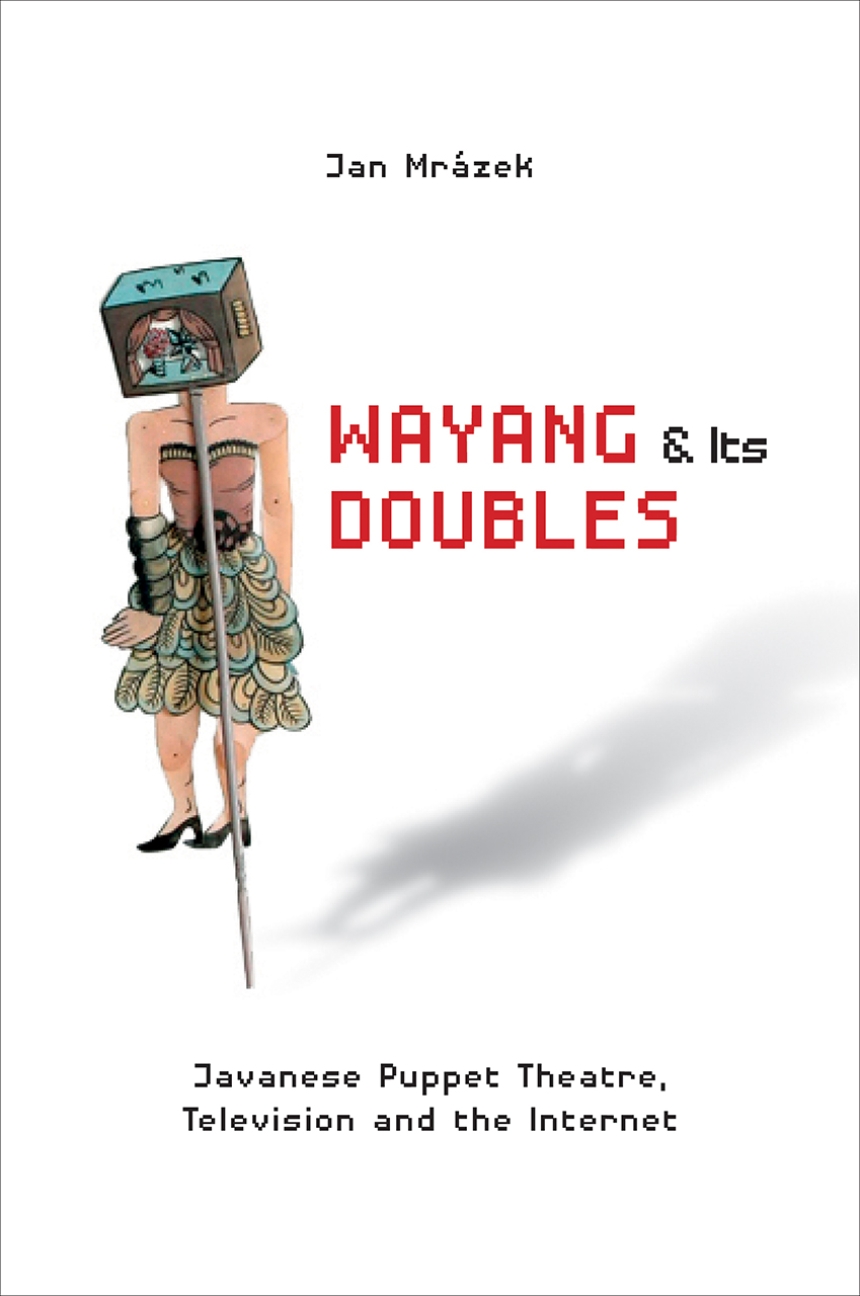National University of Singapore Press
Wayang and Its Doubles
Javanese Puppet Theatre, Television and the Internet
New Edition
9789814722957
Distributed for National University of Singapore Press
Wayang and Its Doubles
Javanese Puppet Theatre, Television and the Internet
New Edition
Wayang, or Javanese puppet theater, has been around for millennia, bringing people together for live performances while reflecting the changes and tensions in society. Television has been around for decades, bringing news and entertainment from around the world directly into homes and public spaces while completely reshaping culture. The two formats—one an ancient art, the other a relatively new media—seem like disparate pieces yet they are both intensely part of the Javanese world. They are inescapable from each other in a relationship that has been described as a “difficult marriage”: intimate on the one hand, deeply alienating on the other, institutionalized yet at the same time mercurial and shifting.
This book explores the ways two complex forms of media coexist and meet as well as haunt and invade each other. It looks at performance aesthetics and the technicalities of television production, as well as issues of time, space, light, place, and movement. It compares audience experiences of live and televised performances, and highlights the collaboration and struggle between performers and television producers. Interviews with performers from both sides are brought into a larger conversation on media and technology, one that includes ideas from Karl Marx, Martin Heidegger, Maurice Merleau-Ponty, Jacques Derrida, Paul Virilio, and James Siegel. The book also looks ahead to new formats that have the potential to disrupt in ways never imagined: the worlds of streaming and social media.
This book explores the ways two complex forms of media coexist and meet as well as haunt and invade each other. It looks at performance aesthetics and the technicalities of television production, as well as issues of time, space, light, place, and movement. It compares audience experiences of live and televised performances, and highlights the collaboration and struggle between performers and television producers. Interviews with performers from both sides are brought into a larger conversation on media and technology, one that includes ideas from Karl Marx, Martin Heidegger, Maurice Merleau-Ponty, Jacques Derrida, Paul Virilio, and James Siegel. The book also looks ahead to new formats that have the potential to disrupt in ways never imagined: the worlds of streaming and social media.

